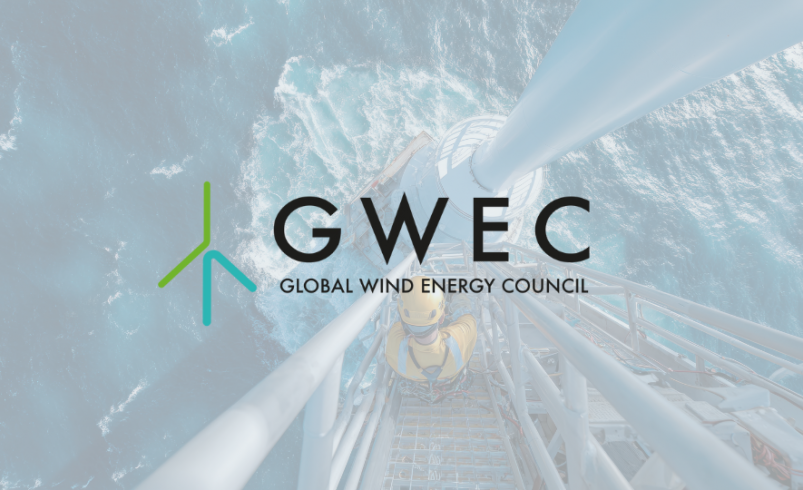High costs, high stakes–Philippine offshore wind’s path to bankability
- October 12, 2025
- 0

The Philippines stands on the edge of an offshore wind revolution, with vast untapped potential off its coasts. But a new report by the Global Wind Energy Council (GWEC) warns that ambition alone will not be enough. Coordinated public risk-sharing, faster permitting, and concessional finance are crucial to bringing down the high upfront costs of first-of-a-kind projects.
Produced in collaboration with Climate Smart Ventures, the September 2025 GWEC finance paper titled “Financing the Offshore Wind Revolution: Risk-Sharing Mechanisms for a sustainable Energy future in the Philippines” examines why local offshore wind projects — especially the early movers — are expensive under current market and financing conditions, and what government, development banks, and insurers must do to attract private capital. Drawing on global experience and lessons from the Philippines’ Offshore Wind Technical Working Group, the study highlights tools such as tariff structures, lender step-in rights, and streamlined permitting to make projects bankable.
The report shows that tariffs for early projects could range from PHP 9.1 to PHP 16.4 per kWh, depending on technology and location. Floating foundations in Luzon, for example, are projected to be significantly more costly than fixed-bottom installations. Without concessional financing or guarantees from multilateral development banks (MDBs), development finance institutions (DFIs), and export credit agencies (ECAs), tariffs are likely to remain prohibitively high.
Permitting has made progress, with the DOE releasing the Guidebook to Permitting and Consenting for Offshore Wind. Still, GWEC calls for stronger alignment with subnational authorities and a dedicated DOE offshore wind finance and technical assistance coordination team to reduce bottlenecks and accelerate approvals.
The report recommends several actionable steps to de-risk early development: scaling up public and MDB/DFI participation through concessional loans and guarantees; providing grants, impact funds, and technical support for resource and feasibility studies; engaging ECAs in turbine- and vessel-supplying countries to secure trade-credit support; and aligning national and local incentives to prevent costly delays.
Meeting the Philippines’ 2030–2040 renewable energy targets will require more than policy signals. The GWEC paper makes clear that transforming offshore wind potential into near-term capacity will demand financial instruments and public-sector risk appetite calibrated to the high capital, construction, and operational risks of the sector.
While tariffs are expected to decline as supply chains mature, early projects will still require targeted support, including insurance solutions for typhoon and marine risks, FX hedging, and transmission reimbursement mechanisms, to attract syndicated bank financing.
If policymakers want offshore wind to move from potential to pipeline, GWEC stresses that words must be backed by action: coordinated permitting, concessional finance, and export-credit engagement are the levers that can close the bankability gap today and drive costs down tomorrow.
Click here to download full report
What’s the single most urgent policy or finance fix you want to see for offshore wind in the Philippines?
Follow Power Philippines on Facebook and LinkedIn or join our Viber community for more updates.